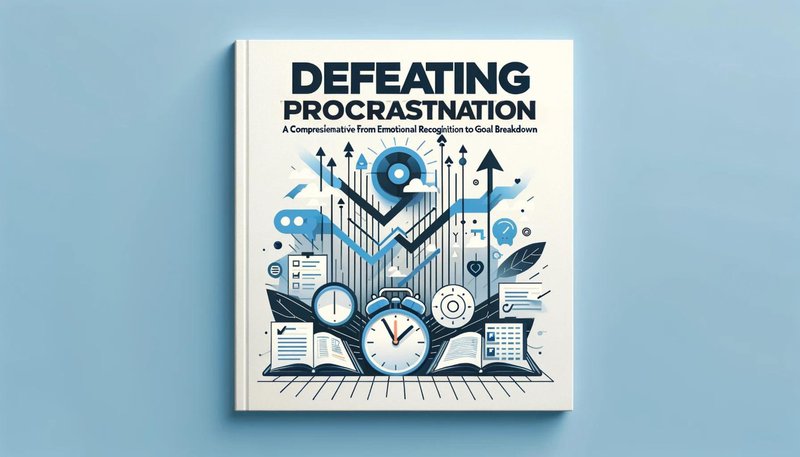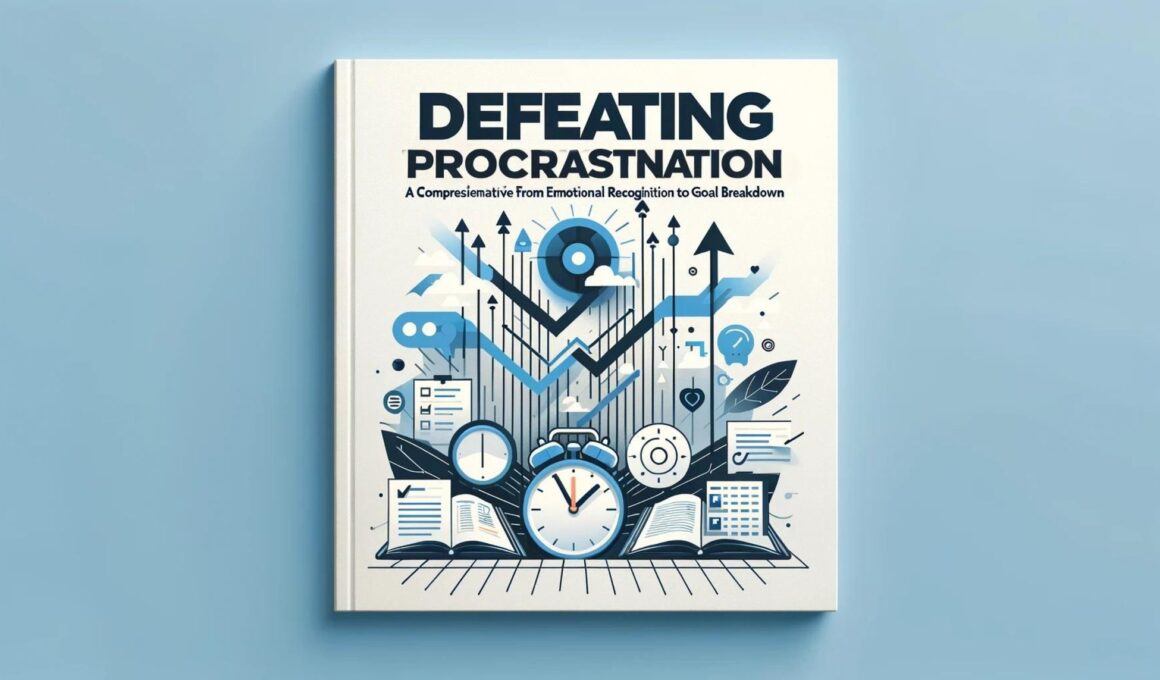
Procrastination is a behavior we are all familiar with, usually stemming from negative emotions such as fear, anxiety, or stress. These emotions can arise from fear of failure or success, excessive perfectionism, or unrealistic self-expectations. Overcoming procrastination is not just about enhancing efficiency; it's about finding balance and control in life.
The First Step to Overcoming Procrastination
Overcoming procrastination is just the beginning and a crucial step. Psychologist and management consultant Neil A. Fiore, in his book The Now Habit, offers many techniques and strategies to overcome procrastination from a psychological perspective. These include identifying the root causes of procrastination, creating psychological safety, improving productivity through self-dialogue, and using tools to eliminate the anxiety and stress associated with major tasks.
Four Key Concepts to Help You Overcome Procrastination
In summary, the key to overcoming procrastination and enhancing efficiency can be distilled into four keywords: Emotional Recognition, Mindset Change, Tool Assistance, and Goal Breakdown.
1. Emotional Recognition
Procrastination often stems from negative emotions such as fear, anxiety, or stress. Recognizing these emotions helps us identify the root causes of procrastination. The book offers tools and strategies, such as an emotional journal, to help us track and analyze our emotional patterns and learn how to handle these emotions positively.
2. Mindset Change
Changing self-dialogue and mindset is crucial for overcoming procrastination. Shifting from "I have to" to "I choose to" can increase a sense of control and positivity. From a psychological perspective, using positive self-dialogue and reframing the way we view tasks can help reduce work-related fear and stress and boost motivation.
3. Tool Assistance
Effective tools can help people better manage their time and tasks, thereby increasing efficiency and productivity. Utilizing tools like a time-block calendar, 3D thinking method, and reverse schedule can help us plan and prioritize tasks and maintain focus on our work.
4. Goal Breakdown
Breaking down large goals into smaller steps is an effective strategy for overcoming procrastination and improving efficiency. This makes tasks seem more manageable and reduces the pressure that can lead to procrastination. Specifically, this involves setting goals according to the SMART criteria and celebrating each small achievement to boost motivation and confidence.
The Gap Between Knowing and Doing
Even with these strategies, why do we still habitually procrastinate? Based on personal experience and observation, I believe the reasons can be summarized as follows:
- Lack of specific, measurable goals.
- Knowing does not equal doing; there is no practice and action.
- Methods have limitations and conditions, and may not be suitable for everyone.
- Without reflection and review, improvement cannot be verified.
Progress Gradually and Embrace Change
Assess your own conditions and limitations, set reasonable goals, take specific actions, and then regularly reflect to keep some flexibility. Through this cyclical process, you will see a different version of yourself. As for the flow state, don't treat it as a goal to pursue. Overcome the obstacles mentioned above, make good use of the four key concepts, and maintain your best state; once you feel solid progress, whether you enter a flow state becomes less important.
Start defeating procrastination with the next 30 minutes! 💪
#DefeatProcrastinationStartsNow #Productivity #TimeManagement #PersonalDevelopment #Procrastination #Mindset #Goals #NeilAFiore #TheNowHabit
